PDF-A VoiceCommandable Robotic Forklift Working Alongside Humans in MinimallyPrepared Outdoor
Author : luanne-stotts | Published Date : 2014-12-04
Walter Matthew Antone Andrew Correa Randall Davis Luke Fletcher Emilio Frazzoli Jim Glass Jonathan P How Albert S Huang Jeong hwan Jeon Sertac Karaman Brandon Luders
Presentation Embed Code
Download Presentation
Download Presentation The PPT/PDF document "A VoiceCommandable Robotic Forklift Work..." is the property of its rightful owner. Permission is granted to download and print the materials on this website for personal, non-commercial use only, and to display it on your personal computer provided you do not modify the materials and that you retain all copyright notices contained in the materials. By downloading content from our website, you accept the terms of this agreement.
A VoiceCommandable Robotic Forklift Working Alongside Humans in MinimallyPrepared Outdoor: Transcript
Download Rules Of Document
"A VoiceCommandable Robotic Forklift Working Alongside Humans in MinimallyPrepared Outdoor"The content belongs to its owner. You may download and print it for personal use, without modification, and keep all copyright notices. By downloading, you agree to these terms.
Related Documents

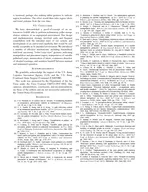

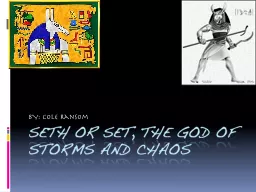
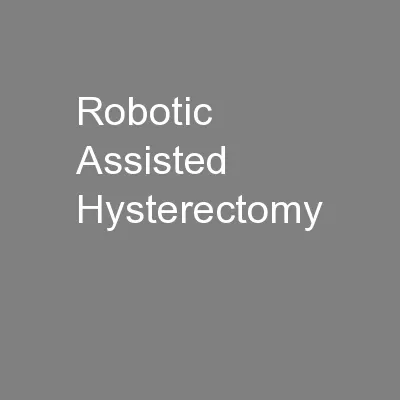
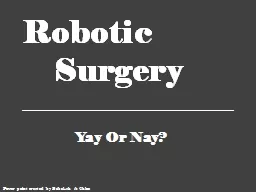
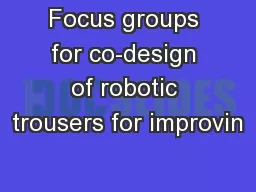

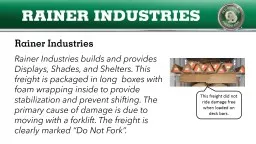
![Material Handling This material was produced under grant [SH22236SH1]from the Occupational](https://thumbs.docslides.com/668343/material-handling-this-material-was-produced-under-grant-sh22236sh1-from-the-occupational-safety-a.jpg)

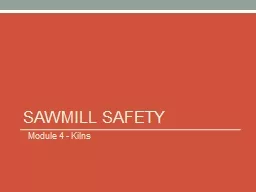


![[DOWNLOAD] Complete Forklift Course for Beginners: Six Easy Steps to Operate a Forklift](https://thumbs.docslides.com/1004620/download-complete-forklift-course-for-beginners-six-easy-steps-to-operate-a-forklift.jpg)